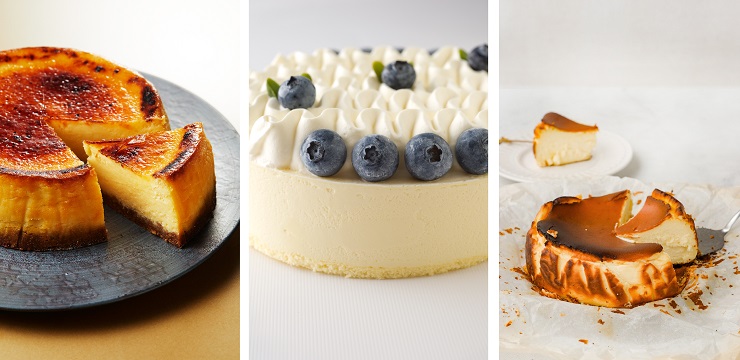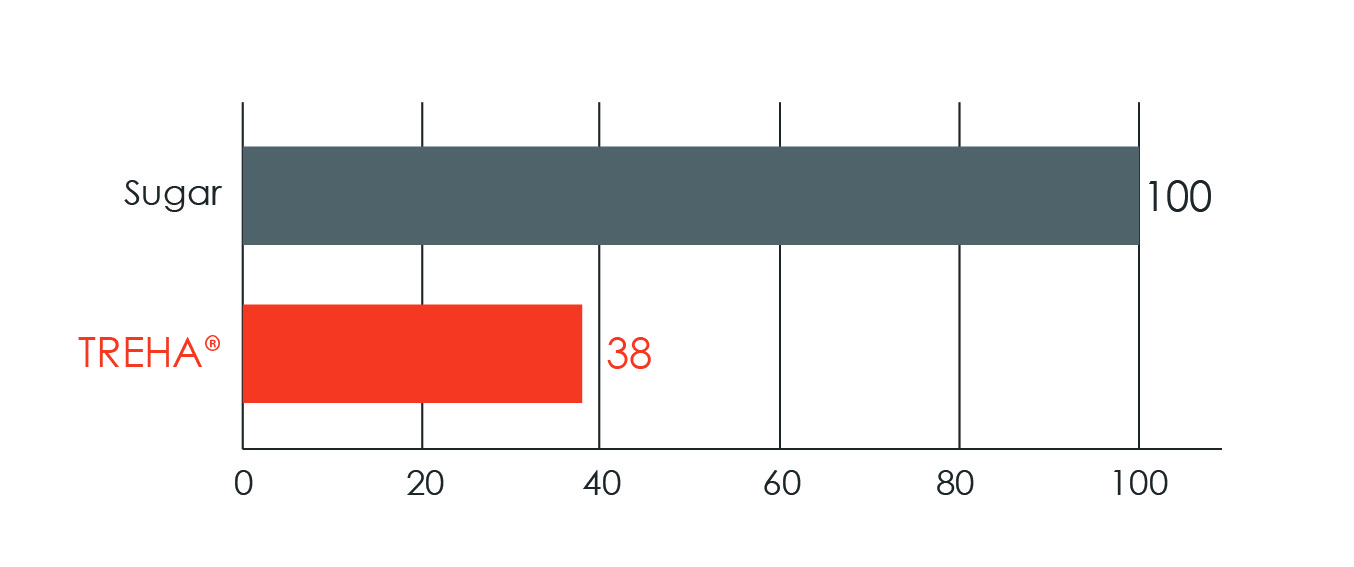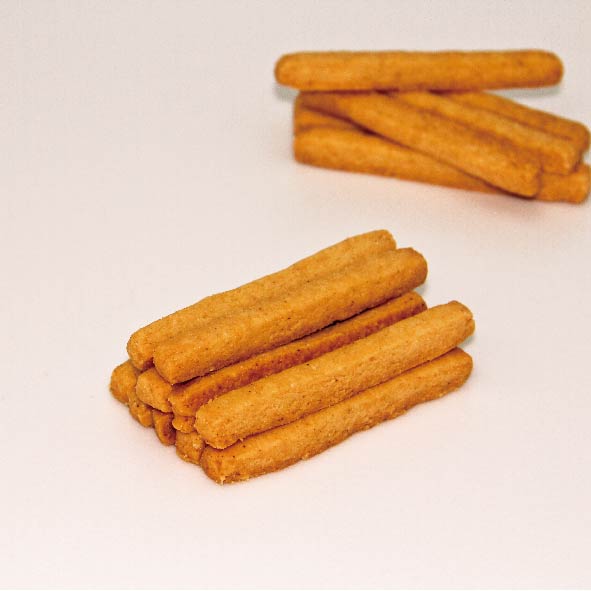News & Blogs
Overcome the eternal challenges of cheesecake – balancing cheese flavor, quality and sweetness.
Realize a melt-in-your-mouth and moist texture after freeze-thaw storage.
Does cheese always go brown? Defeat the barrier with TREHA®.
In this blog, we touch on diverse topics about Japanese food cultures, practices together with the culinary secret, TREHA®, and its important role in the Japanese food industry. We hope our blog helps you obtain in-depth knowledge of the secrets and science behind Japanese cuisine, shared from our kitchen, to yours.
Overcome the eternal challenges of cheesecake – balancing cheese flavor, quality and sweetness.
Baked cheesecake, Basque-burnt cheesecake and souffle cheesecake… we can see various types of cheesecakes taking the world by storm. Appearance and mouthfeel varies between the types, but share commonalities as a cake, rich in cheese.

The baking procedure is like scientific experiment. Prepare materials and follow instructions to execute the expected result. All the components are necessary to achieve an ideal result, and cheesecake baking is not an exception. Flour, sugar, egg and of course cheese – these are formulated with perfect balance.
Many people have tried to increase the cheese flavor of cheesecake, as it is named as “CHEESEcake”, by increasing cheese content. However, baking is not that simple. Increased cheese content breaks the balance of formulation and changes texture and appearance. Can we highlight the cheese flavor without breaking balance of formulation? Yes we can, with TREHA®.
What TREHA® can do for cheesecake; lowers sweetness without losing sugars’ function.
How can we highlight cheese flavor without breaking formulation balance? One of the solutions is using sugars with low sweetness. TREHA® is one of the sugars with low sweetness (38% sweetness compared to table sugar). By lowering sweetness, we can enjoy cheese flavor without it being disrupted by sweetness.

Just replace some sugar with TREHA®; you may be surprised how it highlights the cheese flavor better than usual, without compromising texture and appearance.
Realizing a melt-in-your-mouth and moist texture after low temperature storage.
It is sometimes difficult to serve freshly baked cake to consumers. In the foodservice world, the amount of preparation may be hundreds or even thousands – meals and desserts are usually prepared in advance to be served in time. Prepared dessert is often stored in chilled or frozen, due to the aspect of hygiene. Do you feel dessert after storage loses original texture and flavor? You are right. Starch formulated in dessert is retrograded due to the low temperature, and releases moisture from starch molecules. Released moisture causes a dry and grainy texture, and unwanted drip. In frozen storage, food components are bonded together and this process causes irreversible damage.
Moisture is the key to these phenomena. Both starch retrogradation and frozen damage are caused by loss of moisture from food components. TREHA® may help to control moisture migration with its strong ability to holding moisture.
How different are the cheesecakes with and without TREHA®? Learn more about TREHA® and its applications by contacting us for further information.
Does cheese always go brown? Defeat the common barrier with TREHA®.
Golden browned cheese is appetizing in foods like pizza and lasagna. However, browning is not always appreciated by chefs – especially in pastry field.
Cheese sablé is a perfect example. Although well-baked sablé has a crispy texture and is durable for storage, it frequently gets burnt before achieving the ideal texture and moisture content.
Bakery products with cheese are vulnerable to browning. Although browning is caused by various factors, the Maillard reaction caused by amino acids and sugars is subject to be observed in a formulation with cheese, as cheese contains amino acids.
Using TREHA® is one solution to overcome overbrowning issues. TREHA® is non-reducible and less likely to react with amino acids. By replacing some of the sugar with TREHA®, you can slow down the browning of bakery products with cheese. In addition, TREHA® itself is insensitive to browning compared to table sugar, and becomes harder when it is developed into a candied state. You may be surprised at the crispiness of well-baked cheese sablé with TREHA®.

Attempting to brown the sablé can lead to a burnt flavor. TREHA® helps to reduce browning, so you can maintain the integrity of the delicate flavors of sablé. Although mechanisms of flavor generation are not fully understood, our sensory evaluation has shown a better flavor profile of cheesecake with TREHA® after heat processing.
Too good to believe? As tasting is believing, we encourage you to try adding TREHA® to your cake or bakery formulations. Our team is here to answer your questions, like how and when to use TREHA®. Please contact our experts to take your cheesecake up a notch!
Did you find this blog interesting?
Please share it with your friends in the food service industry.
We regularly update the blog about the food culture of Japan, where TREHA® was discovered for culinary applications.
Click here and send us a message to subscribe.
Or hit us up on Instagram @trehalose_sensei!

